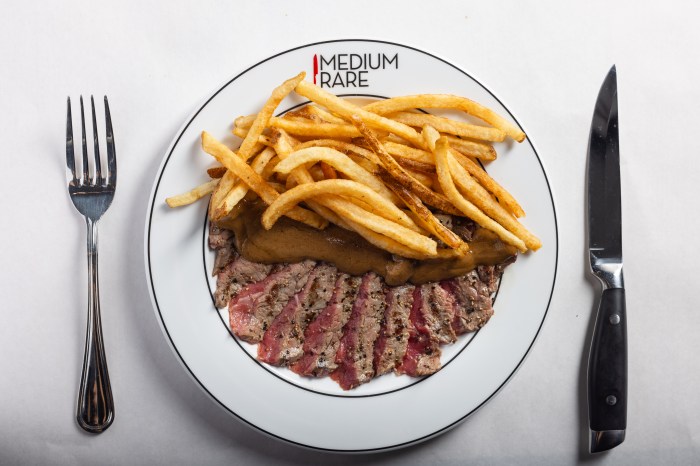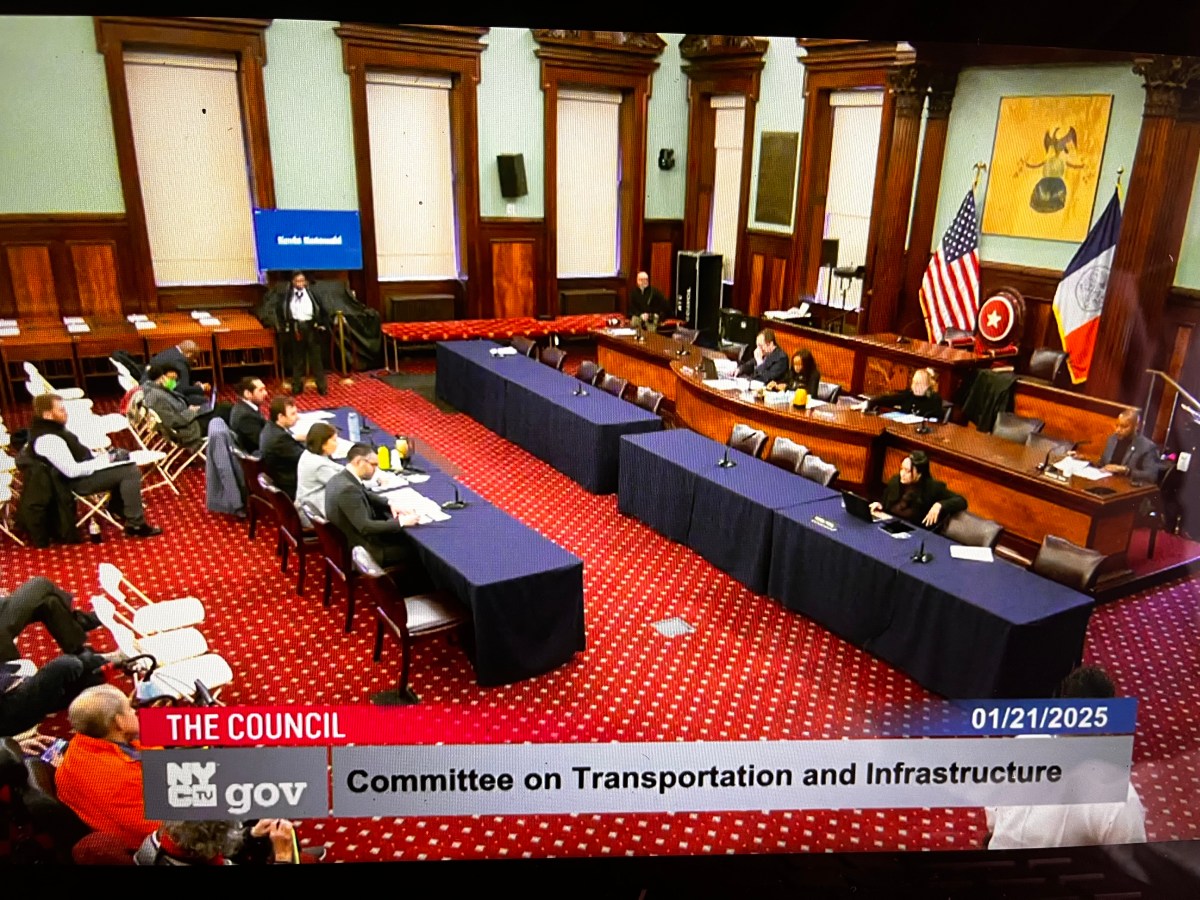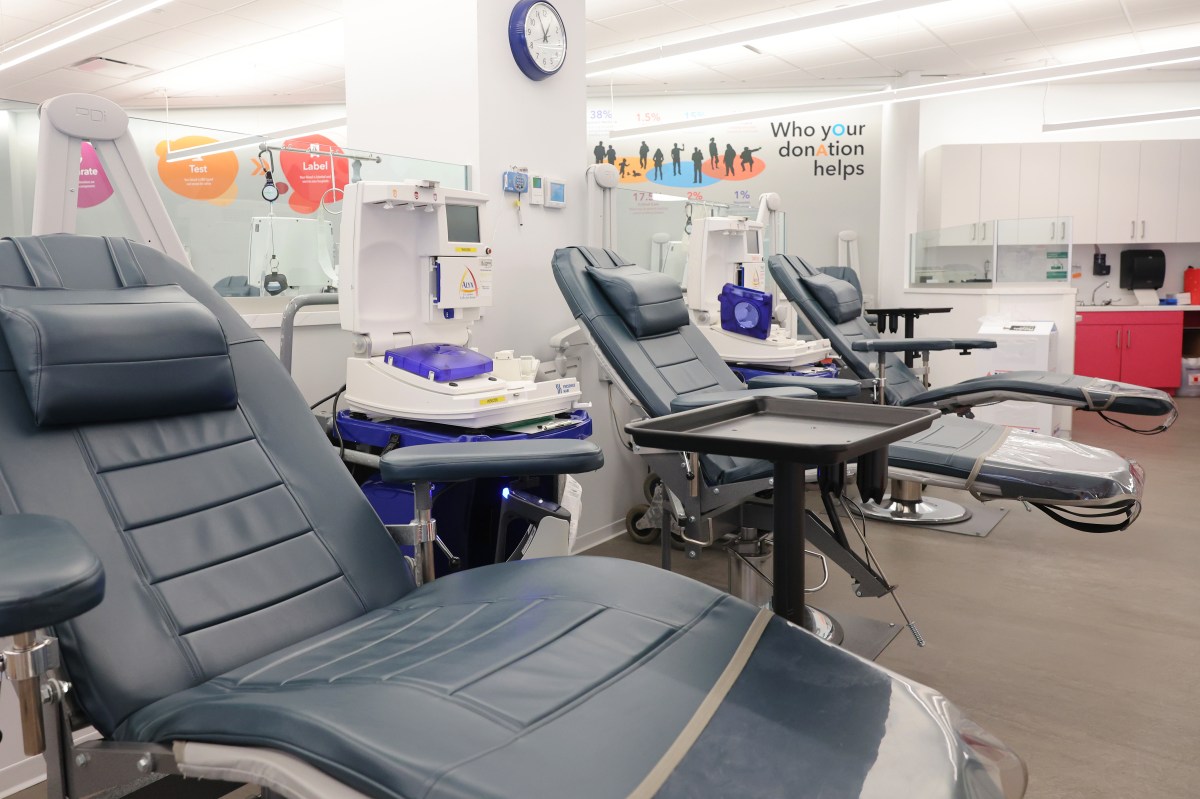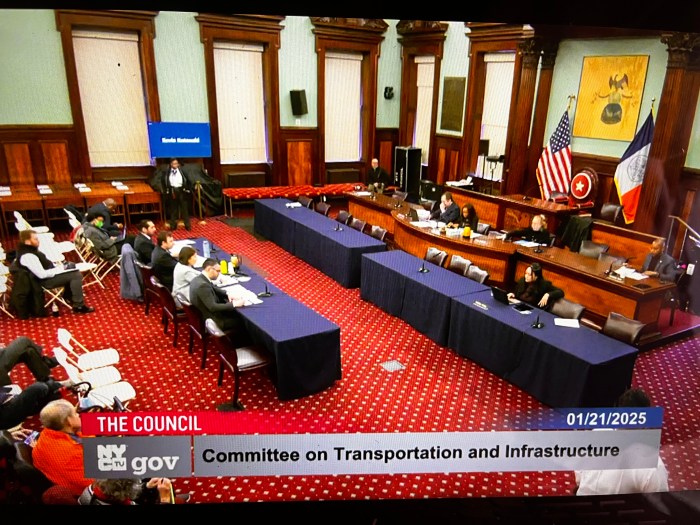Blame the recent E. coli outbreak linked to contaminated romaine lettuce from the Yuma region in Arizona (which sickened 172 people in 32 states, including five in New York) for the inordinate time you’ve spent thinking about your salad greens lately.
Once upon a time, it was all toppings, toppings, toppings. You would barely even notice your server at Sweetgreen or Chop’t digging a gloved hand into a metal bin of romaine or kale or mixed green leaves, so invested you’d be in debating the relative merits of roasted butternut squash and pita chips.
But what if that server harvested your greens just after you ordered them? And what if you didn’t even have to ask to have them chopped?
That’s part of the concept at Harvest2Order, a salad bar serving bowls of hydroponically grown microgreens at the new North 3rd Street Market in Williamsburg.
So….what exactly is a microgreen?
“It’s the stage between sprouts and baby greens,” explains Harvest2Order co-founder Liz Vaknin, 29. No more than 14 days old, the veggie seedlings “retain all of the nutrients [of seeds] and don’t really need additional nutrients to grow.”
Vaknin and other proponents say the tiny greens can pack a large amount of nutrients like vitamins C and E, and antioxidants like beta carotene, a claim bolstered by a 2012 study published in the Journal of Agricultural and Food Chemistry. And they require only a small percentage of the water their mature counterparts do, adds the former cold kitchen chef at Bouley and Le Cirque.
In the U.S., microgreens are most commonly served at fine dining establishments, where chefs use the leaves as fancy, colorful garnishes.
Vaknin and her business partner and longtime friend, Shelley Golan, argue Americans should be eating them all the time.
“Shelley and I come from backgrounds where salad is a big part of a culture” — both were born into Israeli-Moroccan families in the States and met while attending college in Israel — “and we just weren’t happy with what we were eating in New York,” says Vaknin of the duo who founded a sustainable food-focused PR and marketing firm in the city five years ago. “The greens are so flavorless… Everybody focuses on toppings, and then you have this huge bowl that’s mostly greens. It’s kind of an afterthought. We don’t know why.”
Cost is one factor: Microgreens are more expensive than romaine. And they have less fiber, which makes them less filling.
Although Vaknin and Golan hope to eventually grow their own supply of microgreens in-house, Harvest2Order is currently sourcing them from a farm in Riverhead, Long Island; a middleman has been tasked with delivering new trays of three-to-five-inch seedlings every morning.
When customers order at the counter, they choose one of two mixes, both of which contain sunflower, carrot and pea microgreens and which are served as either a salad or toast base.
The next step? “Somebody will go to the ‘farm’ and harvest your microgreens for you, and that means they will hold the tip of the microgreens up and then cut at bottom with the scissors straight across,” Vaknin says. (“Farm” is code for LED-illuminated shelves.)
Those who opt for a salad will have their pick of “basic” toppings, like pickled shallots, steamed rye berries and roasted pepitas, “premiums” (crumbled goat cheese, roasted red beets, etc.), proteins (roasted chicken, baked tofu), and dressings (blue poppy yogurt ranch, chickpea miso tahini).
A basic salad bowl of microgreens and dressing is priced at $9, one with two basic toppings and premiums is $12, and one with an additional protein is $14. They come unmixed: “If you want to shake your salad up after you get it, that’s cool, but for us, it’s all about tasting the microgreens and understanding that you don’t necessarily have to eat them with dressing,” Vaknin says.
As for toast toppings, those include chicken salad, hummus or avocado. Prices for the sandwiches range between $10 and $12.
Seating near the Harvest2Order counter is available at a communal wooden table that Vaknin describes as “industrial chic.”
North 3rd Street Market is located at 103 N. Third St. Operating hours for this week run from 8 a.m. to 3 p.m.






































